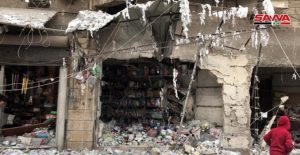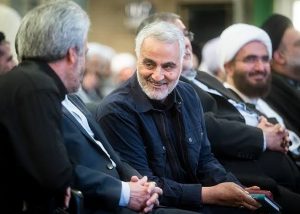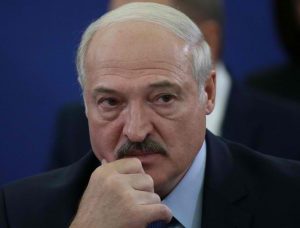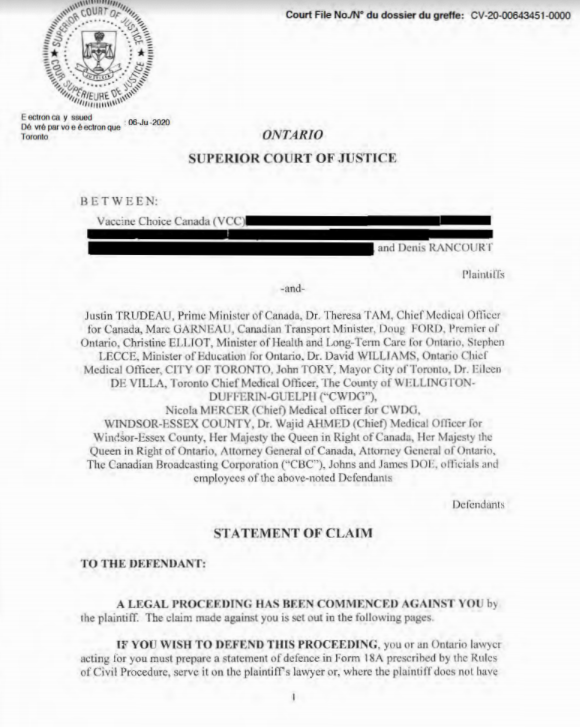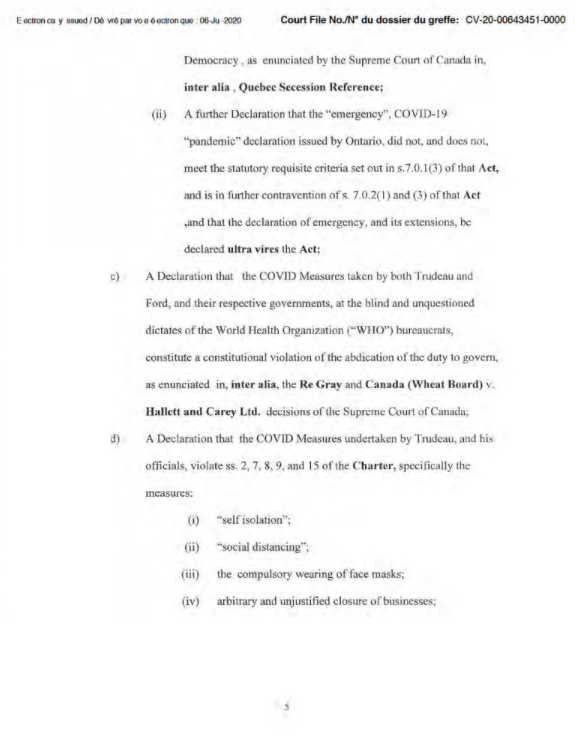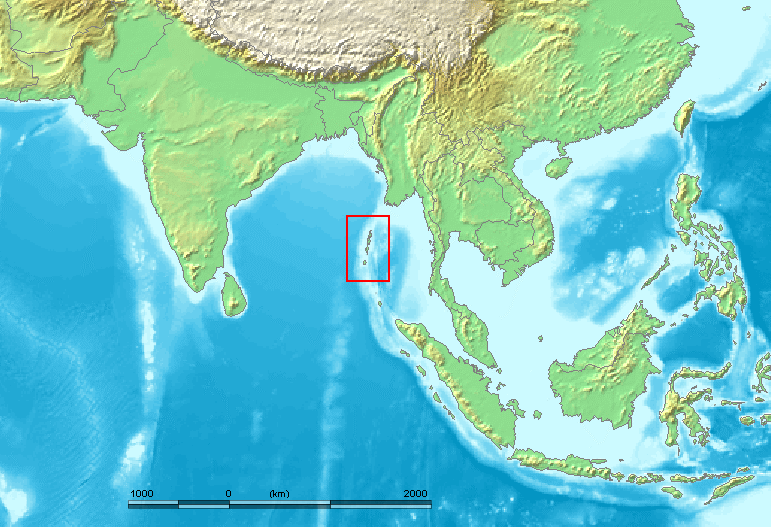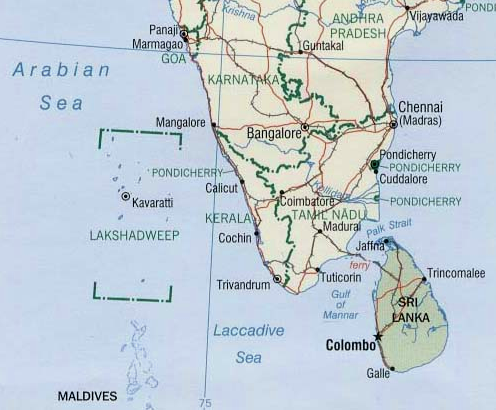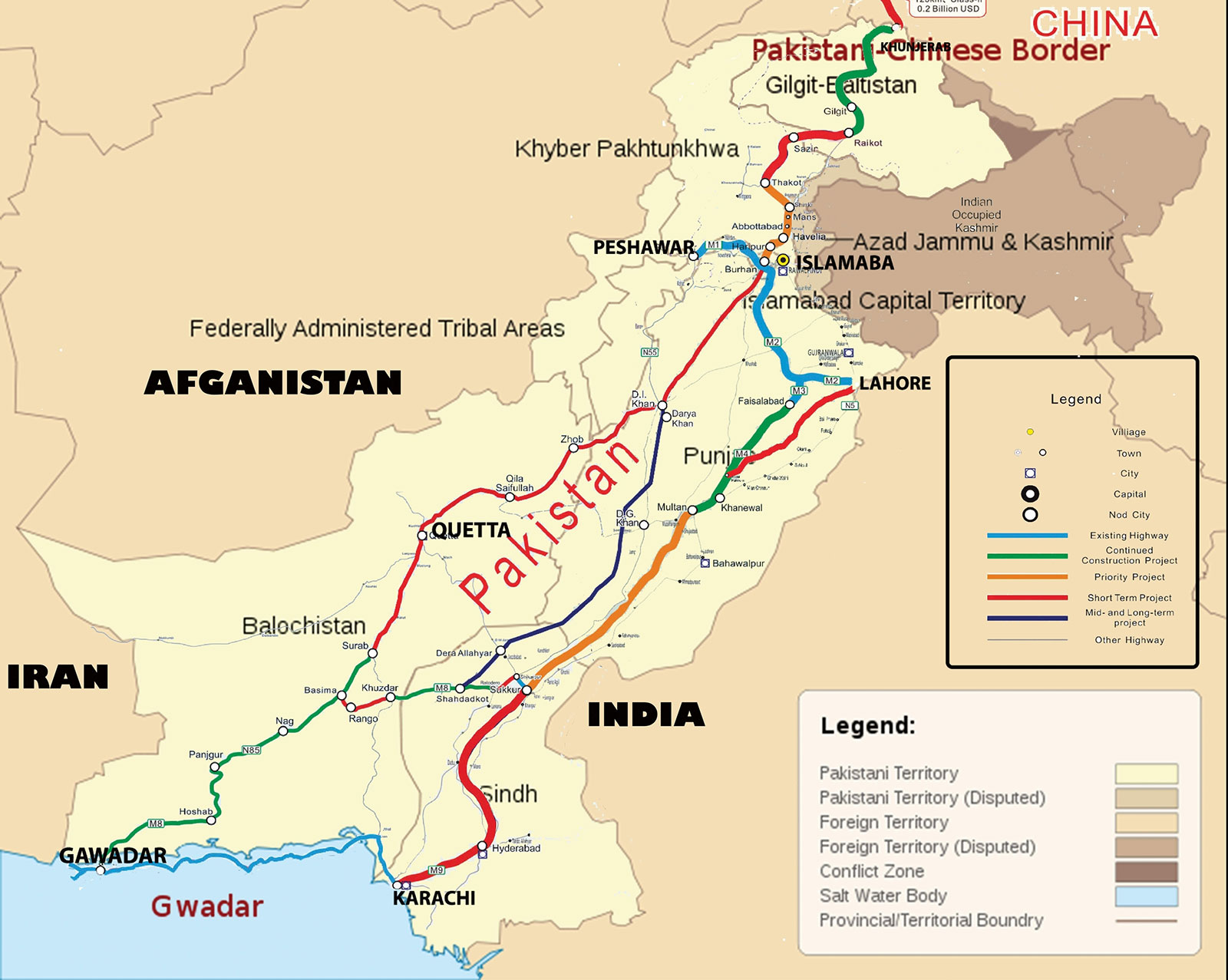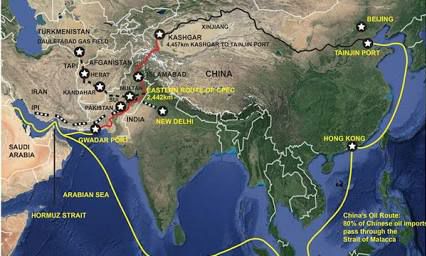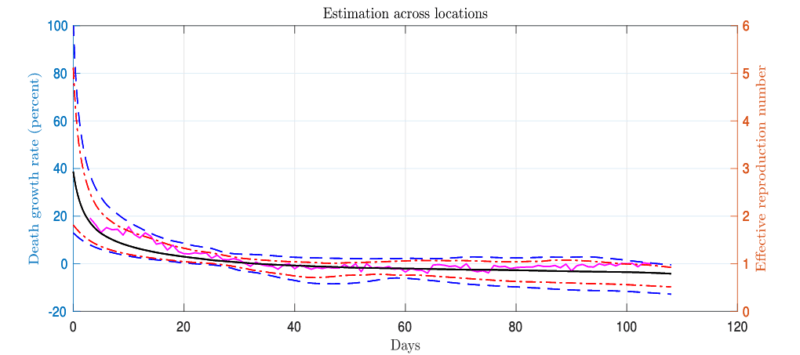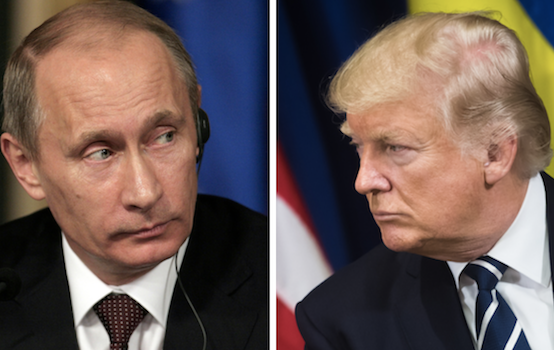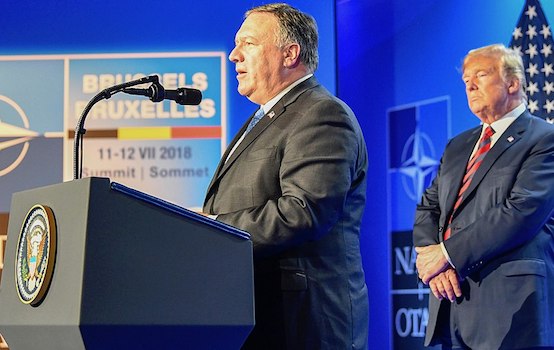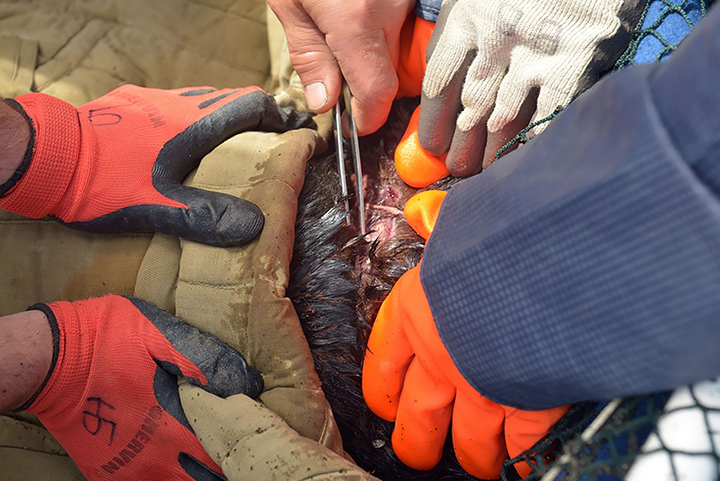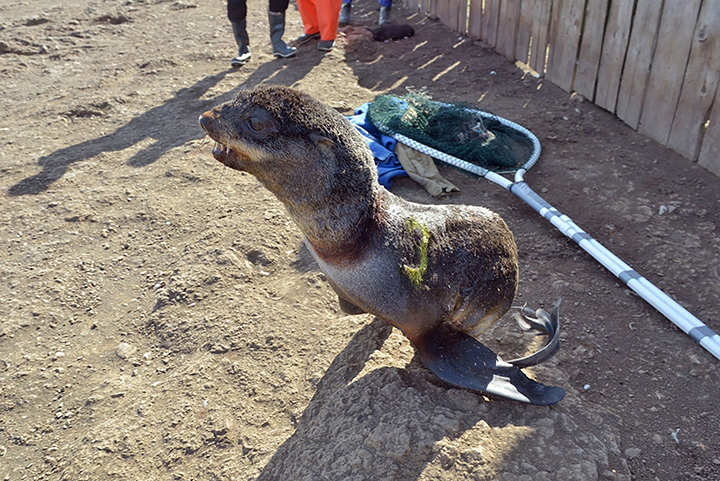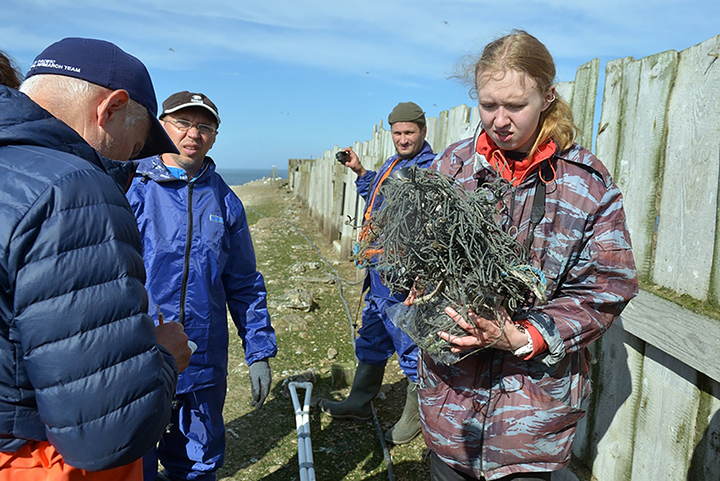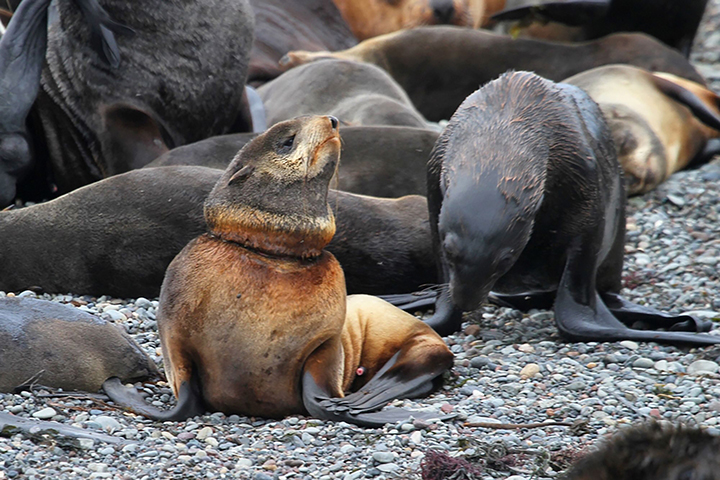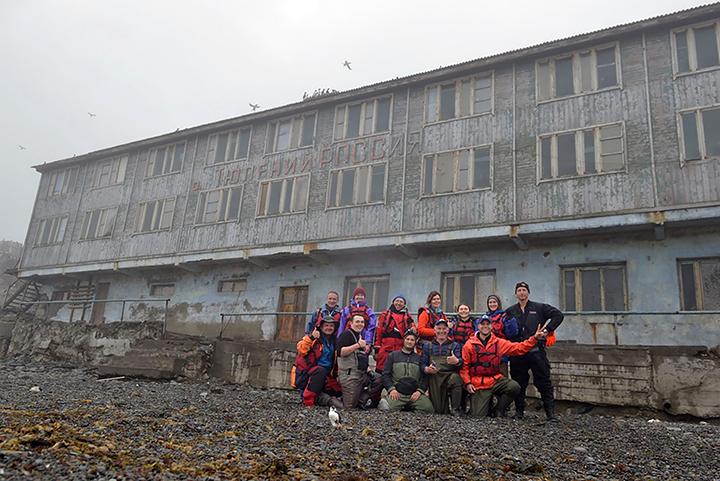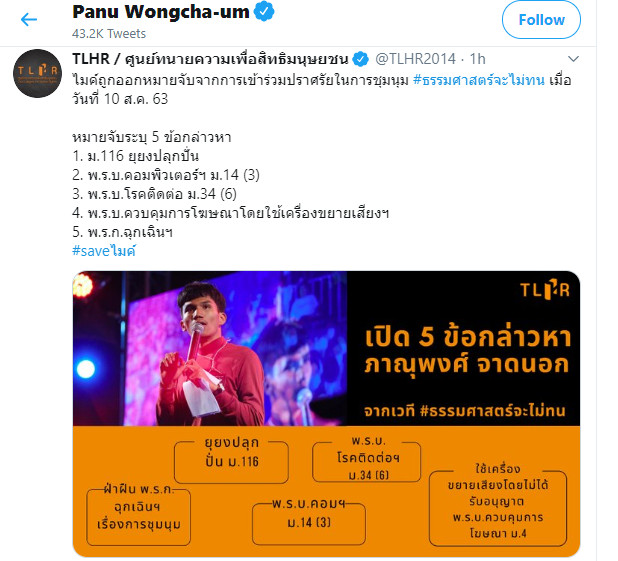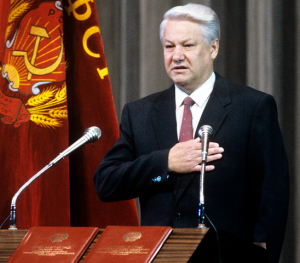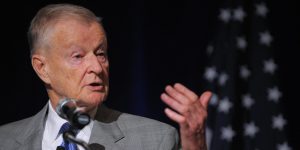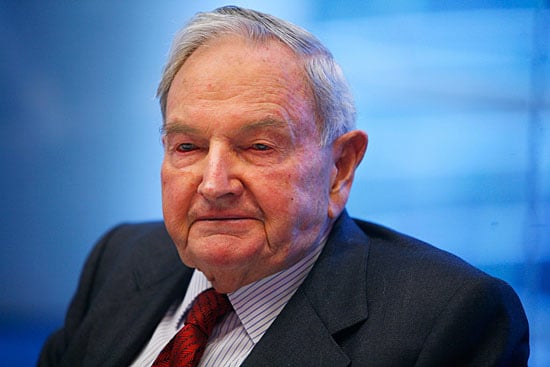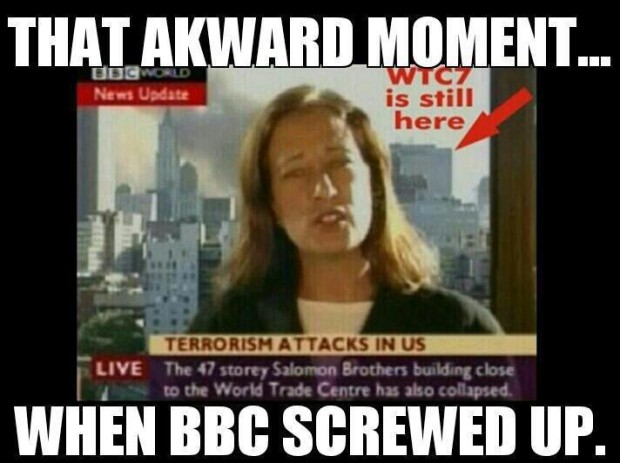If you are interested in finding out the truth about the Covid19 scare, you can look for information in many areas. Understanding the corporate (profit-driven) and petrochemical-based history of the medical establishment helps. Being aware of the lack of scientific empirical and laboratory evidence for microbes, and microscopic particles such as viruses, causing disease helps. Being aware of other proven or highly probable causes of respiratory disease helps. It also helps to understand the emotionally discomforting truth that terrified people who claim to be both authorities and sane will knowingly or unknowingly lie to you in order to try to get you (and their own terror) under control.
In my case, whenever I am confused or unsure about the details of information I receive from the variety of sources I investigate, I am ‘lucky’ to have a fallback position that is unequivocally clear and trustworthy. This knowledge is based on my own experience of suffering acute and chronic respiratory disease, and the outcomes I experienced while spending the first 25 years of my life following the advice of the medical establishment, and the second 25 years of my life totally rejecting ‘assistance’ from the medical establishment and following a variety of natural healing/health maintenance modalities instead. Without having to understand or argue the merits of any particular detail of the science of corporate medicine or natural biological health and healing, I have seen their results.
In brief: I suffered for the first 25 years of my life from chronic respiratory disease, including being hospitalised twice with pneumonia. My chronic bronchitis was first diagnosed as caused by bacterial infection, and later diagnosed as caused by a virus. When I stopped taking the advice of the medical establishment and my parents, who told me that I would die if I did not take antibiotics and that I could never be genuinely well, and switched to a variety of natural healing modalities, my life transformed radically. These modalities included listening to my physical feelings and emotions, changing my diet, understanding my breathing process, and bodywork to release muscle tension.
26 years later, at the age of 51, I use no pharmaceutical drugs or vaccines and experience the health and fitness that was denied me as a child and young person. I have not had bronchitis for 5 years, and have had only two mild colds in the past 3 years (despite the reported increase in the numbers of people suffering ‘seasonal influenza’ and the increasing severity of their symptoms). Other health problems I had when I was younger, including heart dysfunction related to bronchitis, have also been resolved. My experience has taught me that fear of my illness was the most important element keeping me sick, and that the medical establishment had no capacity to accurately diagnose the causes of my illness, nor treat it effectively.
I cannot say what precise factors have led to the development of acute respiratory disease in each individual who is currently suffering or dying from it. However, my experience leads me to believe that it is likely to be a combination of factors, including fear and emotional suppression from living in unsafe social circumstances, toxicity from airborne pollutants and poisonous substances that have been ingested or injected into the body, and lack of complex nutritional elements that allow the body to function optimally and recover from emotional stress and toxic damage.
I therefore make the following suggestions for you to consider if you are experiencing symptoms of respiratory disease in the current social climate of crisis, panic and control.
If you have a choice:
1) Do not get tested for Covid19 – being categorised as having Covid19 will increase both your fear and the fear of others and may limit your options for taking safe and sensible action to support your healing.

2) Do not allow yourself to be hospitalised – you will be isolated from anyone who personally cares about you, in the presence of scared (if well-meaning) hospital staff, and removed from the possibility of any treatment other than toxic drugs and invasive procedures, which will add to your level of stress and fear, and decrease the likelihood of your survival.
3) Understand that your state of health is not dependant on whether or not you are ‘infected with a virus’. Even if pathogenic viruses existed (and there are a number of critiques showing the logical faults and lack of proper scientific process in virology theory and experiments respectively: see, for example, What Really Makes You Ill? Why everything you thought you knew about disease is wrong. But you can read more in ‘Dismantling the Virus Theory – The “measles virus” as an example’ and watch the video interview ‘The Real Science of Germs: Do Viruses Cause Disease?’ ), my experience shows that it is other elements that determine health. You are therefore not responsible for the health of anyone else – you are not a dangerous plague carrier who should feel guilty for harming others if you do not accept the label ‘infected with Covid19’.
4) Consider the four basic principles of health and healing at the end of this article.
A case history of my acute and chronic respiratory disease and healing
I was born in 1969 in New South Wales, Australia, and grew up in Canberra in the Australian Capital Territory. I was injected with a number of vaccines containing toxic substances as a baby, which may have been a contributing factor in my developing pneumonia at the age of 18 months. I was hospitalised at this time, and again at the age of three years. I was treated with antibiotics in hospital and put in an oxygen tent to help me breathe. I was told by my mother that when I was in the oxygen tent when I was a baby, she climbed in with me against the wishes of the nurses. Far from reassuring me, this would have increased my level of fear, as my mother is an extremely anxious and explosively violent person, and she was only holding me to try to relieve herself of her anxiety, not because she was in a state to calmly relieve mine. My fear of being killed by my mother when she violently exploded and the fear generated by her general state of anxiety (caused by her own extremely violent and emotionally deprived upbringing) was a major factor in the disturbances to my breathing and lung function throughout my younger years.
My memory of the hospital when I was three is traumatic – I remember feeling extremely isolated. Visiting hours were limited and strictly upheld, which meant that my father, who I did find reassuring, could not spend significant time with me. Also (bizarre but true) my teddy bear was stolen by another family with a sick child and as any parent knows, familiar soft toys do provide significant reassurance to children, even if artificially so. I survived both hospitalisations, and was told that I would have died without the antibiotics. The doctors and my parents believed that there was no other way of helping me through these crises – it was ‘hospital and drugs’ or ‘nothing’.
As a result of the pneumonia, one small area in my left lung was permanently damaged (at least, it has not healed up to this point) although I did not discover the damage until I was 26 when a naturopath/homeopath asked me if there was any difference in how my left and right lungs felt. This was the first time anyone had asked me to focus on my lungs in detail in order to learn something about them, and I discovered that my left lung was permanently painful, particularly when I coughed for any reason, while my right lung was not.
As a result of the natural healing I have undertaken since, this pain has reduced to one patch about 2 centimetres in diameter. I have heard the medical establishment’s opinion in recent years that lungs don’t have nerves and therefore it is not possible to feel pain in them. This directly contradicts my actual experience of being able to feel a variety of feelings (e.g. tickling caused by breathing something in accidentally, pressure in my right lung when I cough, pain in my left lung when I cough, and the tightening of my airways when asthmatic). When ‘medical science’ contradicts my experience of reality, obviously I question the validity of the theory, not my experience.
I suffered an extreme asthma attack when I was four, when I couldn’t breathe at all for a short amount of time, but after this I had frequent non-acute asthmatic reactions only, mainly when I tried to exercise or when I had bronchitis, which I suffered 3 or 4 times per year up until I was 19. At that time, I left home and the incidence dropped to twice a year. My bouts of bronchitis would last for about 14 days each time and I would not go to school/university for about 10 days because I felt too sick in my body to do so. Among other symptoms, my throat and lungs would become ‘cold’, tense and aggravated, causing me to swallow repeatedly for about 24 hours (with virtually no sleep), before developing an extremely painful, hacking cough and coughing up heaps of green phlegm. The bronchitis was less extreme than my original pneumonia, but ongoingly debilitating, as if my body had worked out a way of managing my symptoms that didn’t risk killing me but instead put me into a ‘holding pattern’ that was endlessly repeated.
I breathed in a powdered drug when I was ill with bronchitis as a child, and then switched at some point to using Ventolin, until the age of 14 when I accidentally overdosed myself, suffering extreme fear and visual distortion brought on by the drug’s artificial stimulation of adrenalin. I was very angry that I had never been warned of the danger and I refused to use Ventolin after this time.
I also took Brondicon, a cough syrup full of alcohol and sugar. I was given antibiotics every time I was sick and I have a lot of memories of waiting in doctors’ surgeries reading children’s books while waiting for my 10 minute appointment (which generally ran along the lines of ‘I’ve got bronchitis again’… ‘Right, here’s a prescription for antibiotics’.) When I was sick I also went to a physiotherapist who would thump my back and encourage me to cough, even when the phlegm was not in a sufficiently fluid state to be coughed up. The theory behind this treatment was that I was clearing my lungs of ‘harmful bacteria’. I later discovered that this deliberate coughing increased the damage and irritability in my left lung and made it more susceptible to aggravation and illness.
Influenced by my parents’ and the doctors’ fears and their incapacity to listen to how I felt and what I needed, I never expected to be well and being sick became a key part of my identity. I lived in dread of my next bout of illness. Since I had never experienced being well, my general state of ill health was utterly normal to me, and I had no idea just how sick I was. I later discovered that my entire oxygenation system, including my heart, was not functioning properly. I therefore found any aerobic exercise both painful and extremely uncomfortable in my body due to the effort of exerting myself without adequate oxygen reaching my cells. Climbing a steep hill, for example, was very difficult for me.
My posture was off kilter because of constant muscle tension caused by the pain in my lung, and this tension and imbalance eventually led to me suffering cartilage, tendon and ligament injuries. Additional illnesses I suffered that were undetected by doctors were low blood sugar (diet related), chronic constipation (caused by diet and by stress) and extreme cramping and blood loss during menstruation (caused by lack of magnesium).
One factor that I believe was important in remaining sick with respiratory disease was the toxic nature of the cleaning fluids used in my childhood home, particularly furniture polish that was sprayed every week as part of the housecleaning routine.
Most important though, was the constant emotional and physical tension I experienced as a result of living with my anxious and violent mother. Her emotional state and behaviour continually triggered me into fear and anger, but I was not allowed to consciously feel or express these things. These feelings became wrapped up, in complex and contradictory ways, with my experience of being physically ill.
The most obvious connection between my emotional state and the state of my lungs is that when I feel afraid that I am going to be attacked, unreasonably controlled or prevented from telling the truth about how I feel and what I need, I have an immediate, strong asthmatic reaction.
The last time I took antibiotics for bronchitis was when I was about 22 and living in Melbourne. The next time I had bronchitis I visited a different doctor than usual and I was told that my symptoms were caused by a virus (‘influenza’) not a bacterial infection, so antibiotics were not appropriate. I imagine this doctor was moving with the tendency to claim that all sorts of previously ‘non-viral’ diseases were now caused by viruses, as the medical establishment began its push towards inventing and selling greater and greater numbers of vaccines. (Vaccines are, obviously, more profitable for corporations than antibiotics because they are recommended for or forced upon everyone as a preventative measure, rather than being used by only those who are showing symptoms of disease.)
I was annoyed that I couldn’t have my ‘reassuring’ antibiotics, and that I was being told that the same symptoms I had been experiencing my whole life were some other disease (‘flu’, not ‘bronchitis’). I don’t know if I was told I should have a flu vaccine, or whether they were available in the early 1990s, but I certainly had no faith in the ‘new’ diagnosis. I had never been treated as if my bronchitis was infectious, as influenza is supposed to be, and I have no memory of my mother, father, sister or (later) boyfriend being ill with respiratory symptoms at the same time as I was when I lived with them.
Ironically, however, this shift in medical establishment diagnostic fashion led to a good outcome for me: the fear that I had had all my life that I would ‘die’ without antibiotics was proven untrue. Without antibiotics, my bronchitis followed exactly the same pattern that it always had – no better, no worse. Although I didn’t think about it then, this proved that however many bacteria may have been in my lungs, breaking down the dead substances, they were not attacking my lungs and ‘causing’ my disease.
Having had my fill of doctor’s surgeries, I never again bothered to visit one when I was sick with respiratory disease.
So, I had stopped poisoning my system unnecessarily with antibiotics, and I was living at a physical distance from my mother, but at this stage I was not actively healing emotionally or physically from all the damage that had been done and I was still very unfit, got bronchitis twice a year and suffered occasionally from candida, as I had done since my late teens.
That changed when I got together with my husband, Robert, when I was 25. As part of his research, he was aware of critiques of the medical establishment, had changed his diet to improve some of his own health problems, and was using a number of natural health approaches. He also, most importantly, listened to me without fear when I expressed how I felt emotionally and physically, and supported me to follow my own feelings. In other words, he allowed me to exist, without interference and without trying to control me, because fundamentally he trusted me to be guided by my own internal communications towards a more whole state of being. He told me, in effect, that I existed, that I mattered and that he trusted me to be sensible, intelligent and capable of learning from my own experiences, including failures and successes.
I was quite stunned to find that Robert was not afraid of my illness. It seemed illogical to me at first simply because a fearful reaction to illness was the only thing I had ever known. The first time I was sick after we were together, he held me for four hours while I could barely breathe because my lungs were so badly clogged and asthmatic. This was a more extreme event than usual, similar to my original pneumonia, but it was a ‘healing crisis’ that marked the beginning of the change in my symptom patterns which has led to my current healthy state. Being held with love and reassured that I wasn’t going to die, I could allow my body to do what it wanted to rebalance itself. Robert’s trust in me allowed me to trust myself, and that trust made all the difference.
Over the next 26 years, my emotional and physical health improved dramatically as I allowed myself to become consciously aware of and physically feel all of my emotions (mostly fear, sadness and anger) related to my mother and other conflicts in my life, as well as feeling the physical pain and asthmatic reactions associated with the damage in my left lung. I stopped trying to make these emotional and physical reactions ‘go away’ and instead experienced them without fear until they went away of their own accord.
I also changed my diet to one of organic, vegetarian wholefood, with no salt, sugar, white flour, caffeine or alcohol. I stopped cooking food in oil or microwaving it. I had never been a recreational drug user, since smoking was impossible with my damaged lung, and my Ventolin experience put me off trying to artificially stimulate my mind and emotions with chemicals. The diet I chose was based on principles explained by Paavo Airola in his book Hypoglycemia: A Better Approach. I also take care not to use or inhale toxic substances wherever possible, including deodorants and perfumes, as well as cleaning fluids, paint fumes, incense, ‘passive’ cigarette smoke and wood smoke. (For those wishing to avoid lung cancer, I have noticed that my damaged lung reacts far more painfully and asthmatically to fragrances – perfume, deodorant, aftershave and incense – than to cigarette smoke.)
I have investigated and found useful many natural healing modalities, which have assisted with my emotional healing, my nutrition and my muscle tension.
These include:
‘Feelings First’ emotional feeling and integration, developed over 14 years by me and my husband Robert J. Burrowes. See ‘Fearless Psychology and Fearful Psychology: Principles and Practice’ and Feelings First.
Gerson Therapy, which involves drinking fresh vegetable juices (for vitamins, minerals, antioxidants and enzymes) and doing coffee enemas (to assist with liver detoxification), among other elements. I have undertaken a scaled-down version of the intensive therapy on a number of occasions and I still drink two juices per day whenever possible and do regular coffee enemas, which are also good for body awareness and ‘meditative’ time. See Healing the Gerson Way: Defeating Cancer and Other Chronic Diseases.
Buteyko breathing method, which explained to me the importance of nose breathing to protect the damaged part of my lung and to maintain the correct balance of CO2 and oxygen in my blood stream to allow effective oxygenation of my cells. It also explained the natural functions of asthmatic reaction in counteracting fear-based hyperventilation and in limiting exposure to toxic substances.
Naturopathy, for a variety of nutritional elements that I have not been able to account for sufficiently in my consumption of fresh food/juices (owing to my living circumstances and the generally decreasing mineral content of even organically grown food). Supplements I take include iron, magnesium and CoQ10 and I am careful to take varieties that my body easily absorbs. Taking CoQ10 fixed my heart dysfunction, iron helps with my energy levels, and magnesium fixed my menstruation cramps and over-bleeding.
Osteopathy, for regular muscle release and manipulations to adjust my spine and limbs.
Rolfing (also known as Structural Integration) to work on the loosening of muscle fascia to allow my muscles to relax and return to balanced positions in my body’s overall structure.
Feldenkrais method (also known as Functional Integration or Awareness Through Movement) to reintegrate the nervous elements of physical movements that have become uncoordinated as a result of injury and fear.
Myotherapy, including dry needling, to release extreme tension in certain muscles and tendons that had not responded to other forms of bodywork.
Deep Recovery massage balls, with the ‘track’ necessary to hold balls in place so that I can regularly do my own muscle/fascia release on any area of my body without having to continually pay for Myotherapy or Rolfing sessions.
Yoga for assistance in stretching, strengthening and coordinating muscles and realigning my spine.
Non-manipulative Chiropractic method for an understanding of subtle whole body communication.
Gym work, to strengthen and reintegrate muscle action around knee and shoulder injuries arising from distorted posture.
I have found all the natural health modalities I have tried to be genuinely complementary (in a way that the medical establishment’s regime is definitely not). That is, there is always something to be learned and integrated from every natural modality into a more complete understanding of the way I function and dysfunction. Obviously, not all practitioners are equally capable, and it is important to find practitioners whose work you trust.
While I recognise that people who are seriously impoverished will have limits on their access to good natural health care, I have done all of the above on an extremely limited budget, having lived below the Australian taxable limit since 1997. I have had no assistance from government Medicare (which does not cover natural healing modalities) or private health insurance.
You may notice that none of the modalities I have mentioned lend themselves to corporate profit. In particular, eating fresh organically grown food works against three corporate industries that are linked by their dependence on the parent industry of artificial chemistry, which developed out of the petrochemical industry. Industrial agriculture relies on artificial fertilizers, pesticides and herbicides; the processed food industry employs chemists to come up with endless varieties of false smells and tastes to cover the fact that processed food that has a long shelf life is tasteless and nutritionless; and the pharmaceutical industry uses artificial chemistry to create toxic drugs, following the age old superstition that by poisoning the body we can control and ‘fix’ it. Many of the products from these industries are easy for corporations to patent, monopolise and sell as long as they can convince people they ‘need’ them. So when the medical establishment screams that natural solutions are not proven to work, are a waste of money, and may be dangerous, one might consider that the threat the establishment is feeling is to its bank balance, rather than to anyone’s actual biological health.
The result of 26 years of taking responsibility for my own health (with the crucial support of people who love me) is that, at the age of 51, I am fit and healthy in a way I never was as a child and teenager or in my early twenties. My oxygenation and posture have dramatically improved and, although I still have some weaknesses in my joints, I am able to work vigorously for some hours at a time in a garden on a steep hillside. I am able to continue working when hungry, showing that my blood sugar levels are significantly improved. I have not had candida since my late 20’s. And, despite the one patch of lung damage which has not yet been resolved (which I protect in the ways mentioned above), I have not had bronchitis in the last 5 years, and indeed have only suffered two colds with mild respiratory and bodily symptoms that lasted 3 days each in the last three years.
Hence, even if I believed that a pathogenic virus labelled Covid19 was genuinely attacking people, I would not be concerned for my own health or theirs on its account. If the four principles of health and healing below are abided by, a physical individual is naturally strong and functional at any age, and does not need the artificial intervention of toxic medicines and vaccines to ‘survive’. The medical establishment’s approach is to ignore and deny all the things that a person needs, biologically and emotionally, and then try to suppress the symptoms of disease that result from this denial. At best, a toxic medicine will shock the body into behaving differently in the short term, while adding to the overall burden of toxicity and ill health of all the body’s systems over time. At worst, your body will not survive the toxic attack and you will be severely incapacitated or killed (as hundreds of thousands of people are by ‘proper’ use of pharmaceuticals each year: see, for example, ‘100,000 deaths per year in the U.S. caused by prescription drugs’ or ‘Table Of Iatrogenic Deaths In The United States’. For an extremely relevant and well researched exposé of the corrupt and toxic nature of the corporate medical industry, read AIDS Inc. by investigative reporter Jon Rappoport.)
If you are currently dependent on pharmaceuticals (for physical or psychological illnesses) you can consult an experienced natural health practitioner to work out how to safely come off the drugs and replace them with the nutrition and other naturally supportive healthcare you really need.
Of course, if at any time the natural healthcare that I need is denied me by forces beyond my control, it is likely that I will suffer further respiratory disease, because of the damage still existing in my lung. However, I will not blame any virus for my illness – the fault will lie with the fear of those humans who cannot see what is needed for genuine health and safety, and whose behaviour is therefore biologically self-destructive.
Four Principles of Health and Healing
Principle 1: Listen to yourself (how you feel emotionally and physically). Remember that you are a complex biological individual in a process of healing and existing, not a simple predictable robot, the same as all the other robots, whose behaviour can (or should) be controlled by a drug.
Principle 2: Give yourself what you need nutritionally to function properly. Keep working on it until you have found a range of things that work for you. Whatever you experiment with and choose (vegan, vegetarian, meat inclusive, supplement inclusive) trust organic/biodynamic, fresh, unrefined foods as the basis for your nutritional health.
Principle 3: Don’t poison yourself (with processed and adulterated ‘food products’ made in factories; with recreational or pharmaceutical drugs and vaccines; with cleaning and personal care products containing toxins; also, limit your exposure to electromagnetic radiation where possible, particularly if you are highly sensitive).
Principle 4: Investigate other healing modalities that encourage you to be aware of how you function physically, and as a whole, integrated organism. (Try anything that sounds reasonable to you, but be honest about whether or not you are experiencing the gains you hoped, and keep experimenting if necessary.)
Finally, although I am aware that as a physical entity I can never be invulnerable, I take responsibility for my own ultimate existence by trusting in myself, despite all attempts to make me afraid that I am undeserving or incapable of full, unified existence, or that existence is not my genuine, true state of being.
*
Note to readers: please click the share buttons above or below. Forward this article to your email lists. Crosspost on your blog site, internet forums. etc.
Anita McKone researches truth and delusion, fearlessness and fear, sanity and insanity, self-awareness and self-destruction, and nonviolence and violence as these exist at the human and universal levels. Her articles can be read on her website.
Featured image is from OffGuardian


 Can you
Can you 

